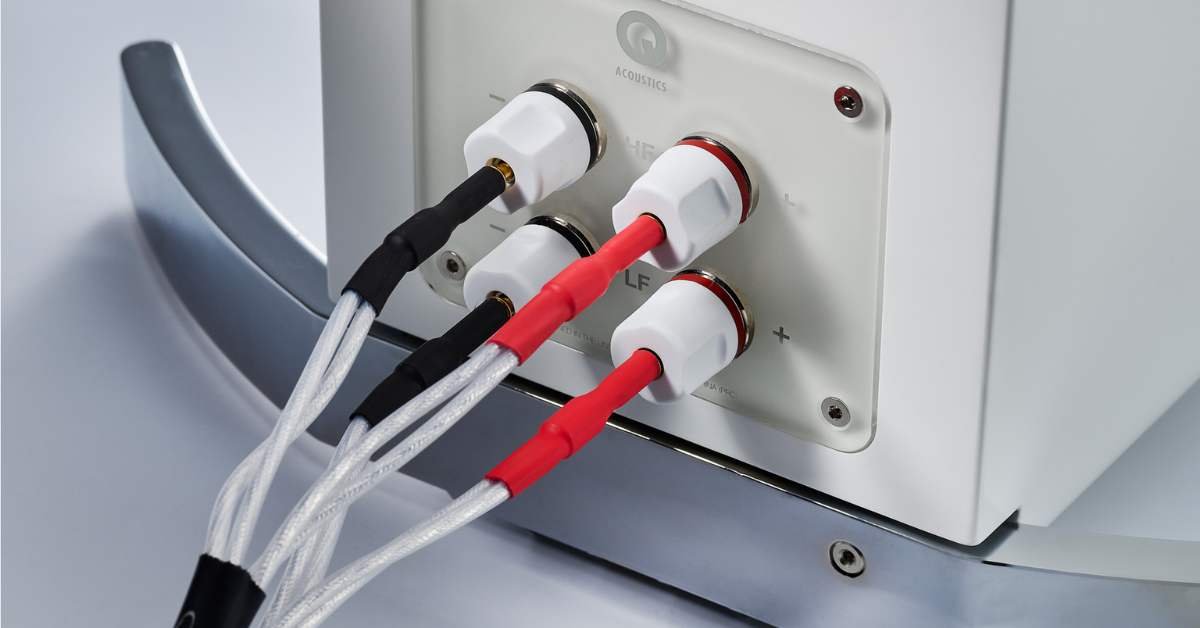Acoustic Technical Note – Part Five: Noise Control Techniques
In this fifth installment of our acoustic technical note series, we delve into the essential aspects of noise control techniques, encompassing strategies at the source, along the transmission path, and protective measures at the receiver. The effective management of noise is pivotal in ensuring a harmonious acoustic environment, and this note elucidates the pertinent methodologies.
I. Noise Control Categories
Broadly, noise control measures can be categorized into three distinct domains:
1. **Noise Control at the Source:**
– One fundamental approach involves the isolation of vibrating components from their source, thereby reducing the amplitude of forces contributing to noise generation.
– Another viable method entails minimizing the movement of these vibrating components, often necessitating modifications to standard operational procedures.
2. **Noise Control in the Transmission Path:**
– The management of noise transmission paths is crucial for diminishing the energy transmitted to the receiver. This objective can be achieved through several means:
– **Location:** Maximizing attenuation by increasing the distance between the source and receiver.
– **Building Design:** Implementing zoning techniques to segregate noisy and quiet environments.
– **Barriers:** Employing outdoor barriers, especially when they exhibit significant dimensions relative to the sound wavelength, to effectively diffract sound.
– **Enclosures:** Utilizing enclosures to improve attenuation.
– **Absorption:** Installing acoustic materials within ceilings, walls, and floors to achieve attenuation.
– **Misalignments:** Introducing discontinuities that reflect acoustic energy back toward the source, thus preventing its transmission.
3. **Use of Protective Measures Against Noise in the Receiver:**
– Employing protective measures at the receiver’s end is vital for safeguarding against excessive noise exposure. These measures include:
– **Ear Protection Devices**
– **Programs for Hearing Conservation and Training**
– **Exposure Control**
– **Preferential Selection of Quieter Environments**
– **Knowledge of Noise Hazard Thresholds (typically at or above 85 dB)**
– **Sound Insulation**
II. Conclusion
With the culmination of this five-part technical note series, we trust that the knowledge imparted herein has been instrumental in your understanding of sound and noise control principles. As the significance of sound attenuation continues to grow in design considerations, we hope that this comprehensive information equips you with the requisite insights to effectively manage and mitigate unwanted noise.
For further exploration of noise control solutions and the creation of serene acoustic environments, we invite you to visit our website.


